Some suggestions for setting up a creative work space.
For the past few years I have had an art space, a real studio where I create.
Not a room adapted as a studio, it is the studio and nothing else.
Any artist at the beginning of his or her career does not have his or her own space. Four walls with a door to close and inside his/her works and materials.
It is not easy to have an art studio. Often you share spaces with other artists or you make do in your house or garage.
The first question I asked myself years ago was, what characteristics should an artist’s studio have?
I suggest you take pen and paper and visualize what you would like, believe me it sounds crazy but I happened to find my ideal place just like that.
- It must have windows?
- Is natural light important to you or are you okay with artificial light?
- Do you have to have running water? A bathroom?
- Must it have simple ventilation-a window-or forced-a fan to ventilate?
- If you have window, is it essential for you to see nature outside? Or the city traffic?
- Do the ceilings have to be high? Or is it indifferent for you?
- Do you want to share the space with someone or do you need to be alone?
- Does it need to be heated or cooled?
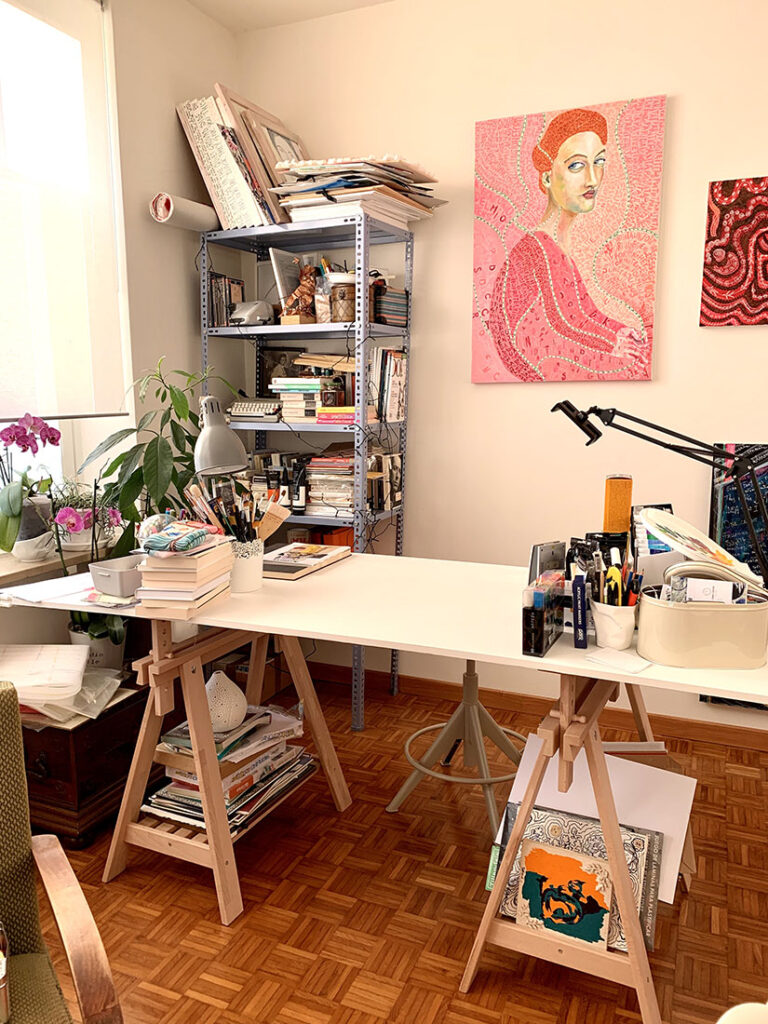
These are the first questions that seem superfluous and yet I have shared spaces and learned that I cannot work unless I am alone, I have had windows that blinded me and I could not see the colors well, or too dark and the artificial light in addition to being wasteful was also annoying to the eyes.
A bathroom is essential if you spend many hours working, but also running water if you use acrylics or the ability to ventilate if you use solvents for oil colors.
Also, looking out and seeing the traffic of the city can be stimulating for creation while, on the other hand, nature and the solitude of the countryside can kill the urge to create.
A stifling environment in summer and freezing in winter can also stifle creation.
Space dimensions and distances.
We all dream of huge spaces to fill with our creations, but it depends on what we do.
High ceilings are crucial if you use very large canvases, but if you paint or create standard or even small sizes, it might just be a waste in height, unless the walls to arrange materials.
I personally like high ceilings because I feel more comfortable and the light seems to be better.
But it can be enough to have an attic in a building to find inspiration.
It is important to close the door and find within the studio your creativity.
But does the studio have to be in your home? Away from your home?
This is a simple question on the surface, but it is not.
Some people need to disconnect with daily life, walk perhaps for miles and then lock themselves in the studio.
They need to divide the space between private life and work.
Only in this way is they able to produce.
On the other hand, there are those who are extremely lazy and find a thousand excuses to avoid going out and going to the studio is more of a torture.
I am among those who prefer to have the studio at home, because I do not like to disconnect between private life and work.
It may or may not be stimulating to have the studio at home, next to your home or very far away from where you live.
The important thing is to understand when you get into the studio, whether you have to walk to get to your workplace or not.
The biggest danger of having the creative space at home is that you cannot concentrate because you get distracted, because other family members do not consider your work and constantly intervene to distract you.
In this case you have to be firm and close the door to everything and everyone, including the telephone and Internet.
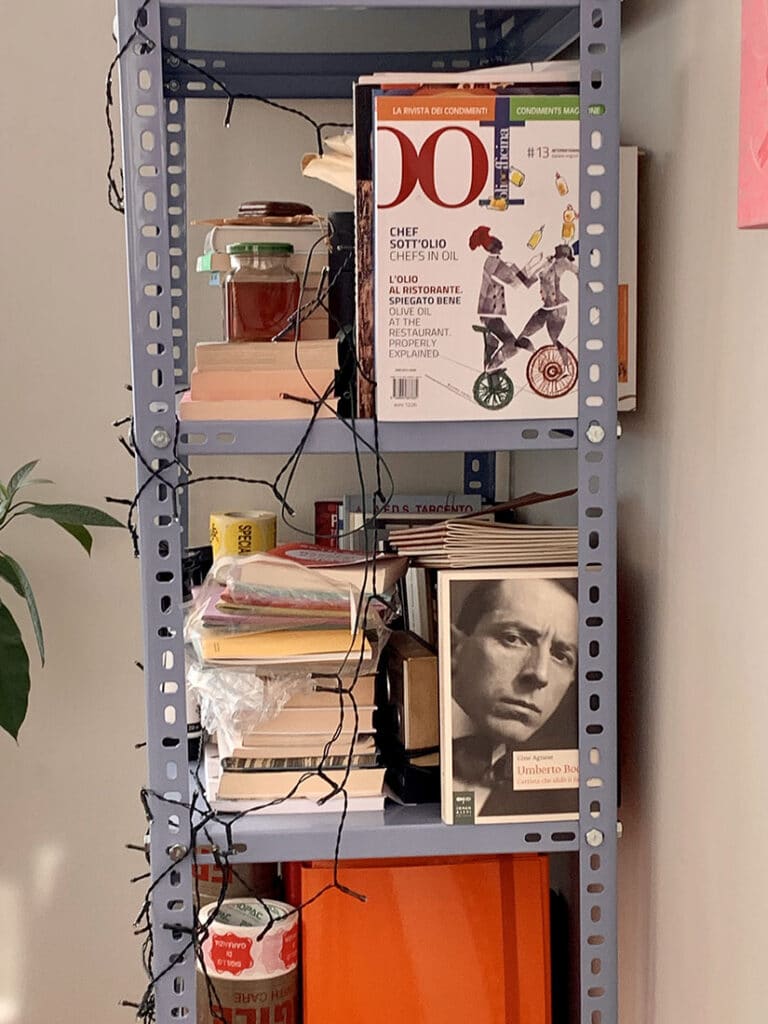
Division of space.
An empty room always seems huge.
But then you have to deal with finished creations and materials.
If you use small papers, watercolors and one or two desk techniques, then you are safe.
If you use different materials, large surfaces, and techniques that get dirty like dripping then the situation is more complicated.
- You need to divide the space according to the materials and introduce them in drawers or arrange them on one or two desks (and then calculate the space the furniture takes up).
- If you paint on large areas, you have to move around to observe the painting from a distance, so you need a space of action to stand between you and the work.
- I wish you to sell all the artworks right away, but in case this does not happen, there must be space to store the works, space to create, and space to move.
My advice is always to have a fairly bare studio so that there is always large room to maneuver.
I am also not a fan of chaos and need tidy desks and drawers in which to divide materials.
Despite this effort at neatness and order, I often cannot remember how much material I have and the drawings I have done.
At the risk of having acrylic clear chrome yellow in three tubes and titanium white finished and never purchased again.
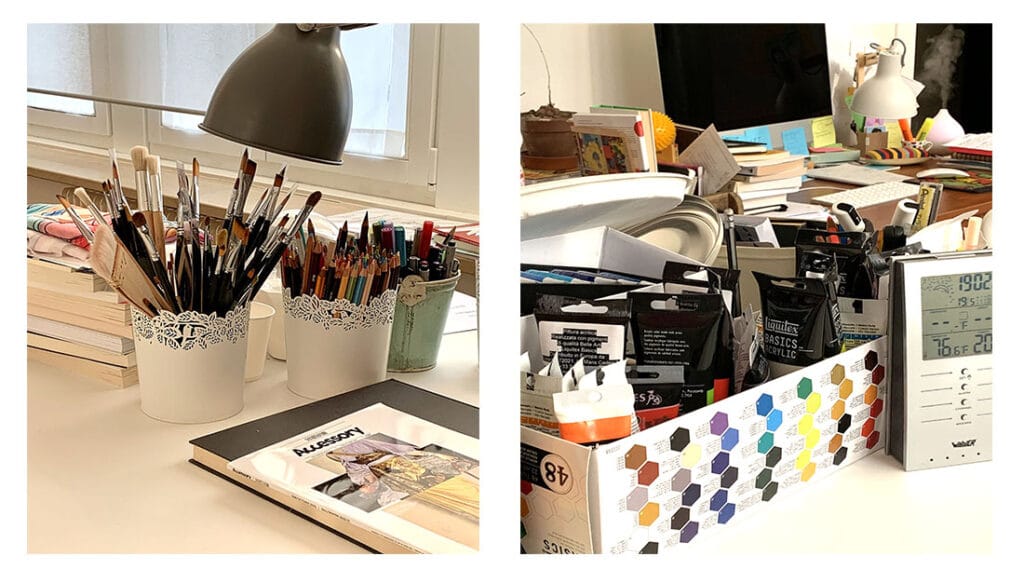
Materials.
When starting out, we usually buy all kinds of materials. It is helpful to experiment but we often end up using less than ten materials for years.
- Be consistent with the order: acrylics all together, oil paints all together, watercolors all together, and so on.
- When you run out of a material and think you will use it again, write it down immediately on a purchase list.
- Do not buy thinking that someday you will try that material and hoard in the meantime. Do this only if the studio is in a castle or you own a warehouse that can accommodate a plane. Believe me. It will be money thrown away and space that will be missing from your creativity.
- If you have materials you no longer use donate them to retirement homes, schools. Put abandoned but still useful things back into circulation.
- More importantly, remember: it is not the materials that make you a great artist. A pen and paper can be enough to become immortal.
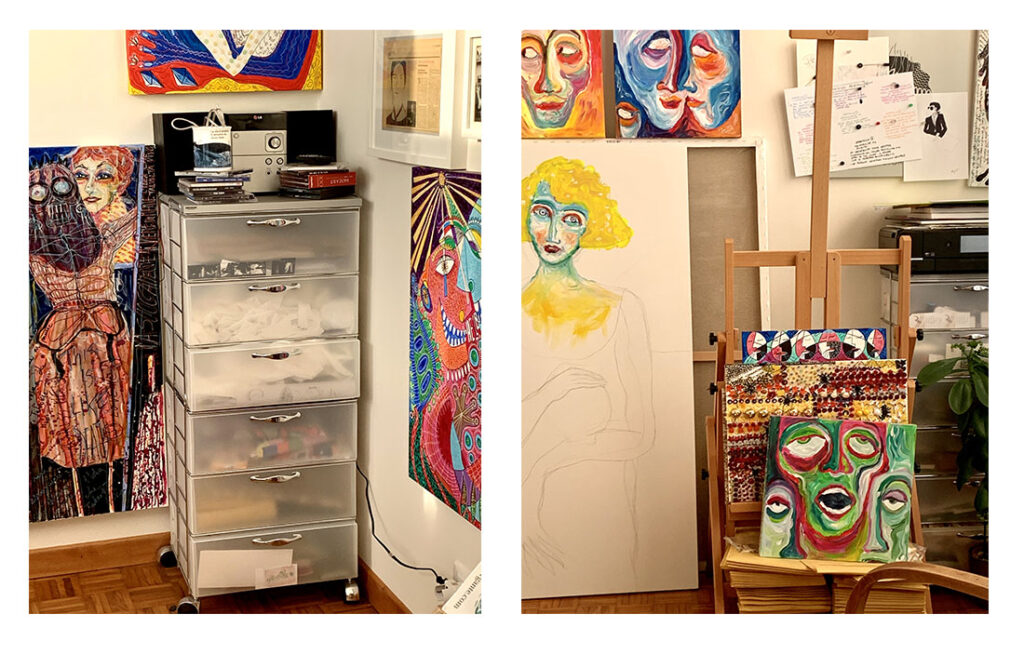
Desks and creation.
In recent years I mainly do two or three jobs.
Until a few years ago I used a desk that my father built. There are my old mac, books, colors, magazines. I used to draw, sew, read.
Embarrassing chaos, especially for me who loves order.
Just before the pandemic, I eliminated a bookshelf and cataloged books elsewhere in the house, gave away the ones I had no intention of owning, and cleaned up materials.
I purchased a larger desk and divided the stations. On one I use the mac and do small drawings, on the other I sew scarves, paint, think, write.
Being able to have multiple work desks in my opinion makes us concentrate more and work faster. Leaving work half done on one desk with a note on the process makes us more focused.
Ideally, we should have as many tables as different jobs we do, avoiding getting the wrong colors on jobs that don’t require colors.
Also I have an armchair, if I had more space I would put a sofa. To welcome the client, to rest and meditate, to take a break between jobs.
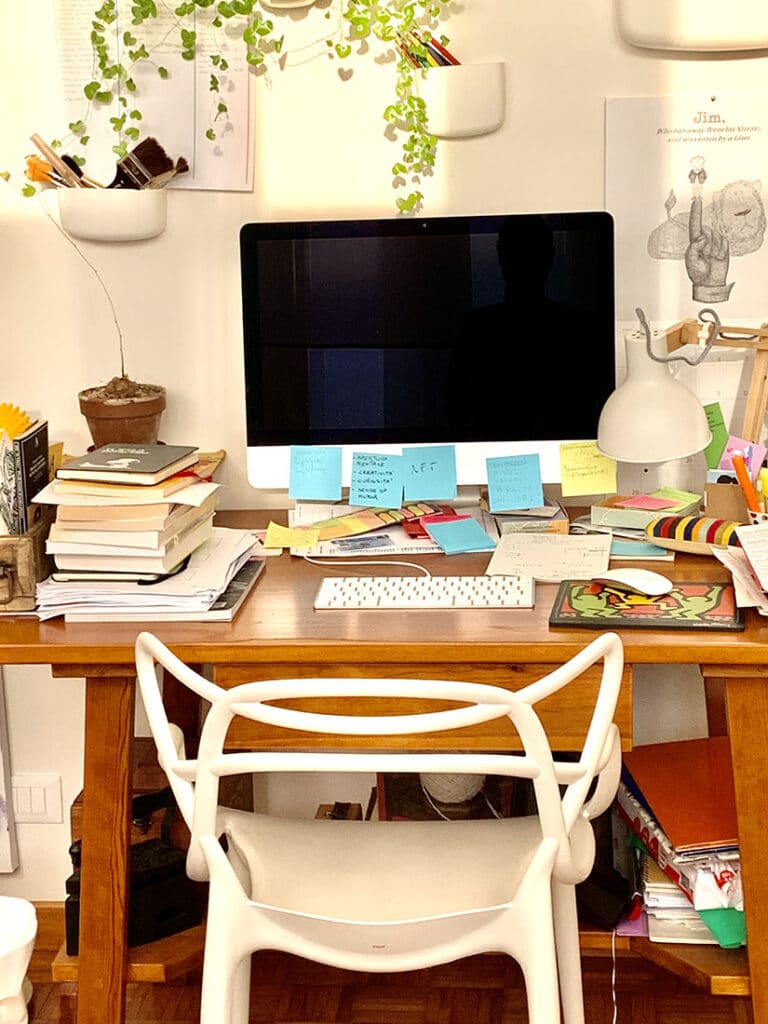
The space must be functional to your needs, so it is essential that you make a list of what you would like and what you would not like.
No use having a beautiful studio if you are afraid of soiling the antique floor. Equally pointless to have a dusty, damp space if you use delicate colors and fragile materials.
Everything must flow into your work and simplify it.
If you post your work on social media, indispensable the internet connection, if you want to disconnect from the world then no TV or pc or internet.
– Eliminate the non-essential.
– Clear your mind.
– Clean up every time you finish a job.
– Find your chair: one that welcomes fatigue,that cradles dreams, that makes you meditate and grow.
Finally, I want to quote you Virginia Woolf, who talks about women writers but I would like to broaden the discussion to every artist of any gender and art:
“A woman must have money and a room of her own if she is to write fiction.“
The money will come from what you create, but in the meantime, build your own creative space, that’s a good way to start.
****
Do you want to know more about increasing your creativity?
Click on the button and download a free ebook:
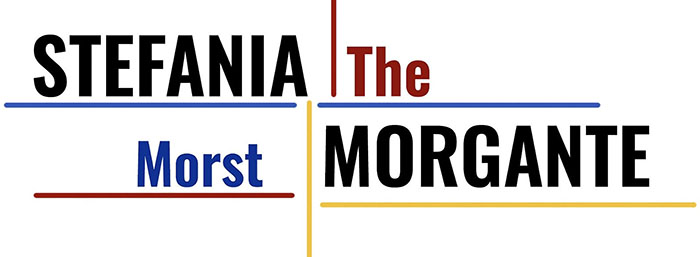
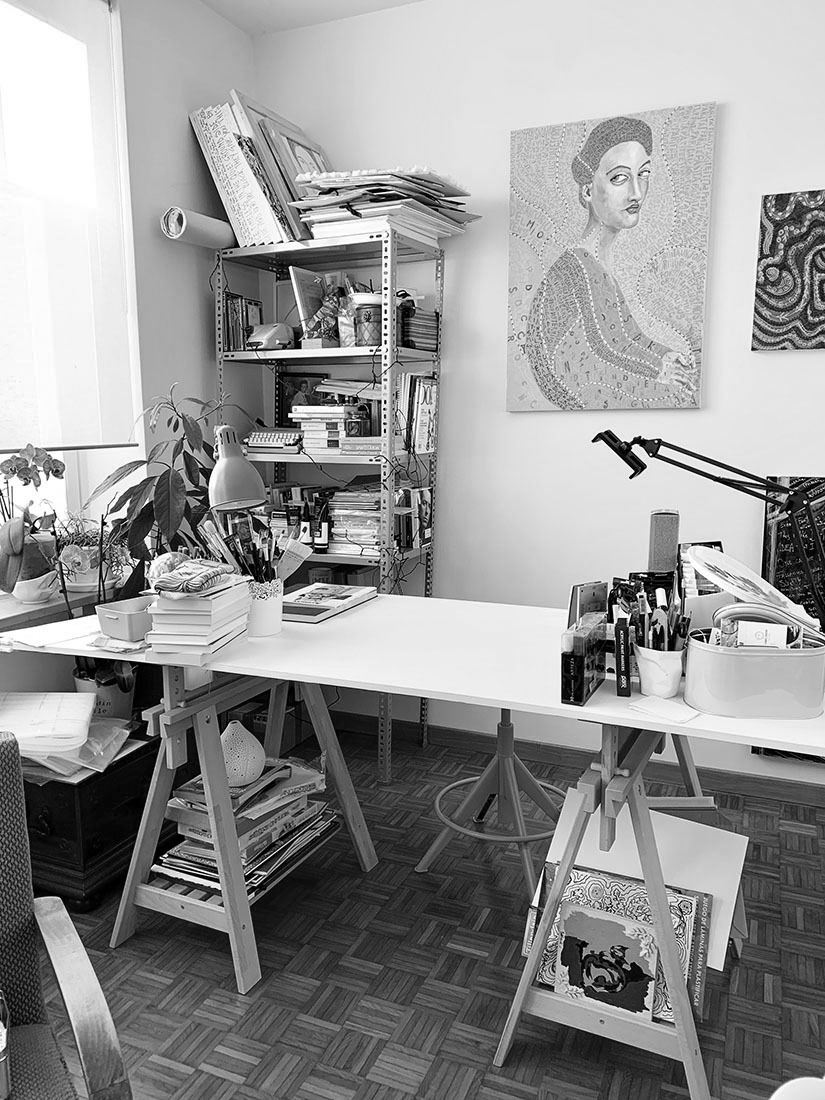




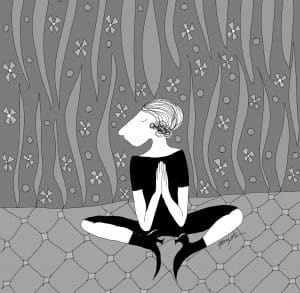


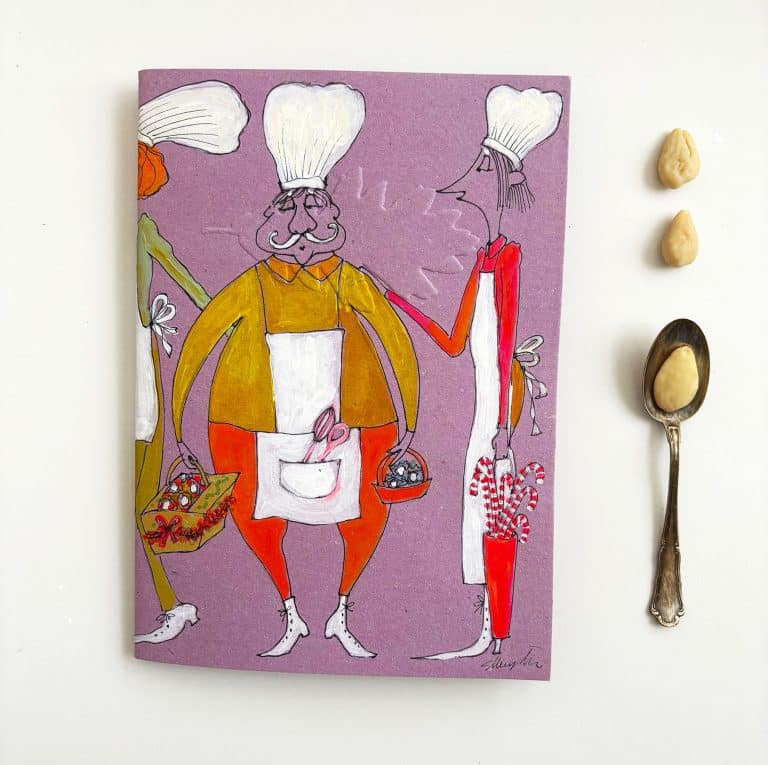
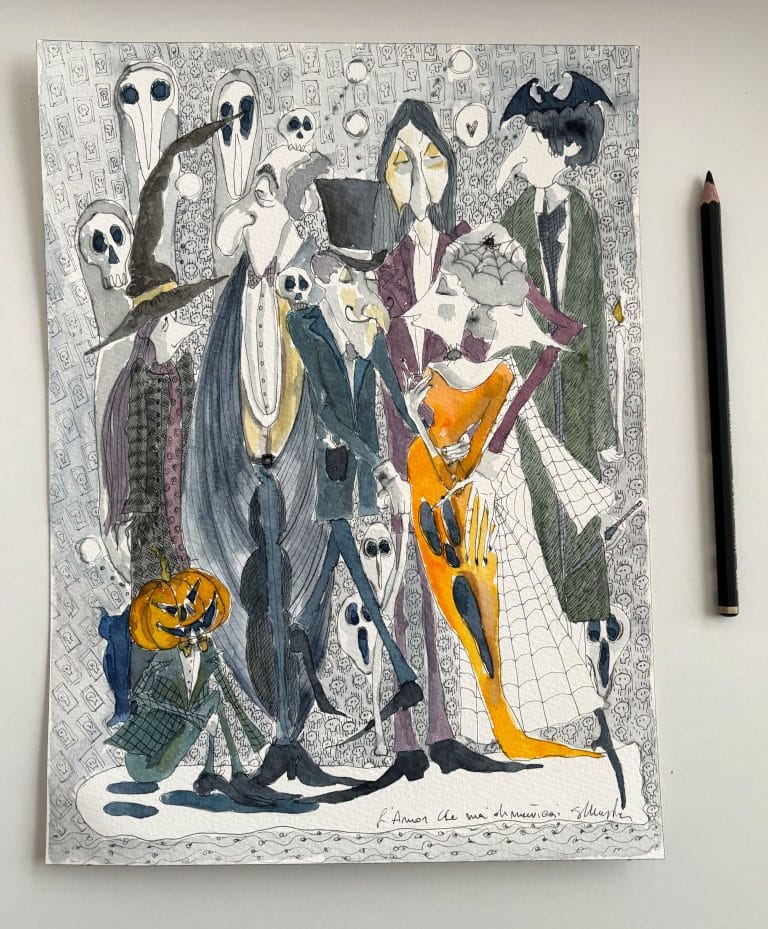
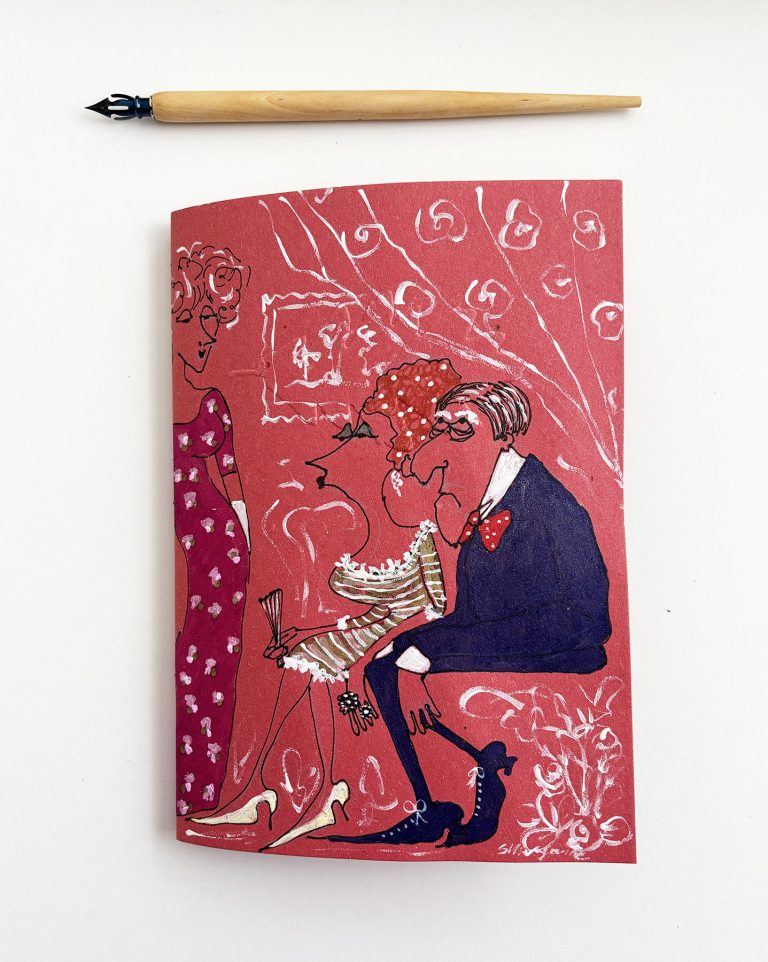
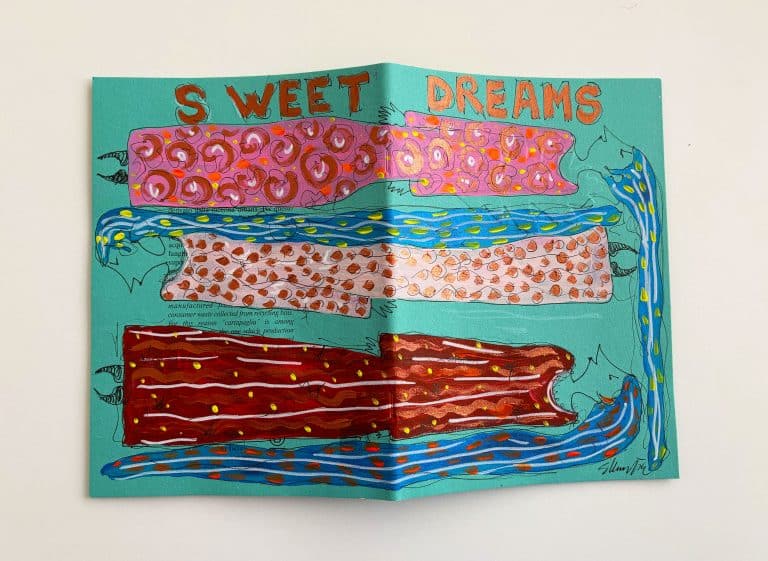

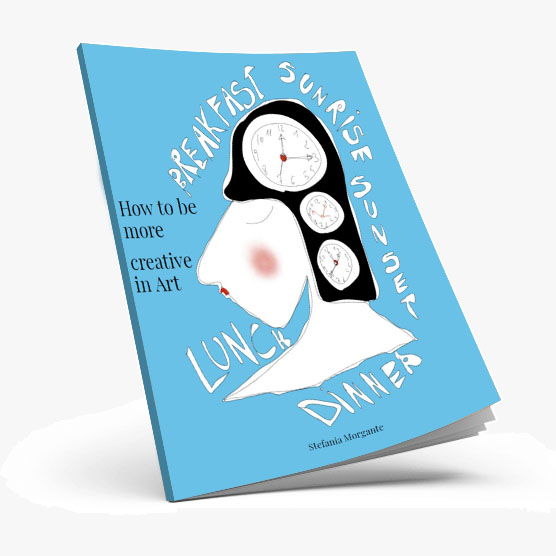


2 thoughts on “Artist’s Studio”
I enjoy your work and words, this inspired me to find my functional space and create a flow.
Thank you
I would love to see where you think, create, find inspiration.Thank you, you are welcome ❤️